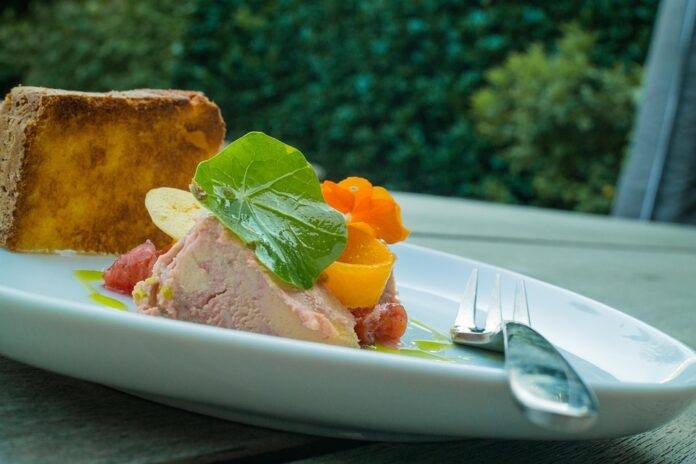The Science Behind Foie Gras Pâté and How Fat Content Creates Its Signature Texture
Foie gras pâté, a delicacy made from the fattened liver of ducks or geese, is renowned for its rich and creamy texture. The key to achieving this luxurious mouthfeel lies in the fat content of the liver, which undergoes a unique process of fattening known as gavage. In this report, we will delve into the science behind foie gras pâté, exploring how fat content contributes to its signature texture.
The Process of Fattening
The process of producing foie gras pâté begins with the fattening of duck or goose liver through gavage, a controversial feeding technique that involves force-feeding the birds a high-fat diet. This method stimulates the liver to store excess fat, resulting in a significant increase in size and fat content. The liver of a foie gras duck can contain up to 50% fat, compared to around 5% in a regular duck liver.
The Role of Fat Content in Texture
The high fat content in foie gras liver is essential for creating the creamy texture that is characteristic of foie gras pâté. Fat is a key component in determining the mouthfeel and flavor of a food product. In the case of foie gras, the fat content contributes to its smooth and velvety texture, making it a sought-after luxury item in the culinary world.
The fat in foie gras pâté also plays a crucial role in binding the ingredients together and enhancing the overall flavor profile of the dish. When the liver is processed into pâté, the fat helps create a rich and indulgent spread that is perfect for pairing with crusty bread or crackers.
The Science Behind Texture Formation
The texture of foie gras pâté is a result of the unique composition of fat globules within the liver. The fat in foie gras is primarily composed of triglycerides, which are large molecules made up of glycerol and three fatty acids. During the cooking process, these triglycerides melt and release fatty acids, creating a smooth and creamy consistency in the pâté.
Furthermore, the fat content in foie gras pâté also contributes to its ability to emulsify, meaning it can blend well with other ingredients to create a homogenous mixture. This emulsifying property is crucial in achieving the silky texture and rich flavor that are characteristic of foie gras pâté.
Industry Insights
The production of foie gras pâté is a lucrative industry, with demand for this luxury delicacy remaining high among gourmet consumers. In 2020, the global foie gras market was valued at approximately $2.5 billion, with steady growth projected in the coming years.
Leading companies in the foie gras industry, such as Hudson Valley Foie Gras and Rougie, are known for their high-quality products and commitment to ethical farming practices. These companies invest heavily in research and development to improve production techniques and ensure the highest standards of quality and taste in their foie gras pâté.
In conclusion, the science behind foie gras pâté and its signature texture is closely linked to the fat content of the liver and the unique process of fattening through gavage. The high fat content in foie gras liver plays a crucial role in creating the creamy texture, rich flavor, and luxurious mouthfeel that make this delicacy a staple in fine dining. With its growing popularity and demand, the foie gras industry continues to thrive, offering consumers a taste of luxury in every bite.




